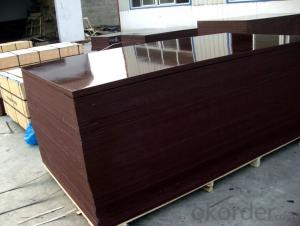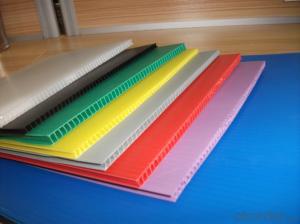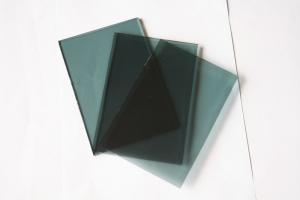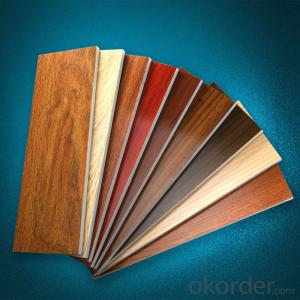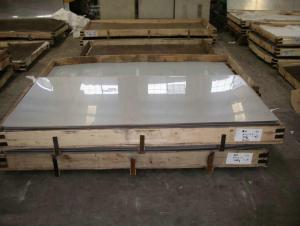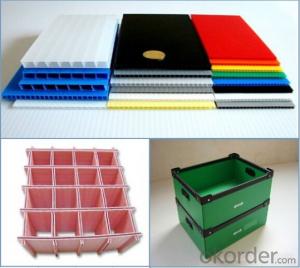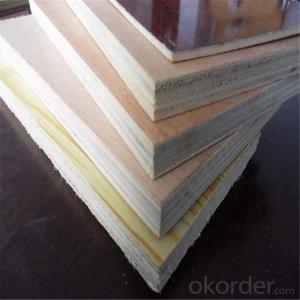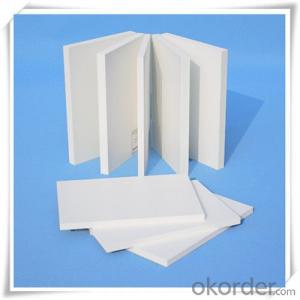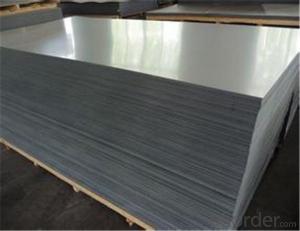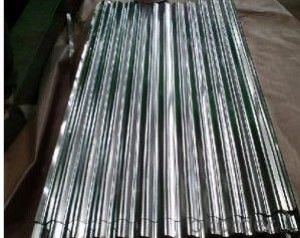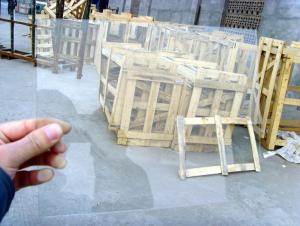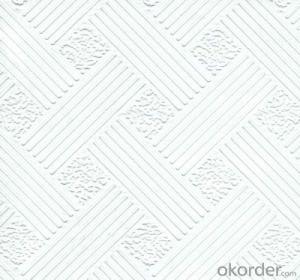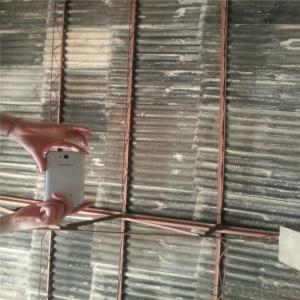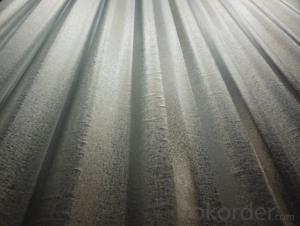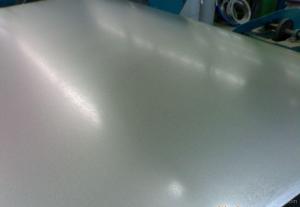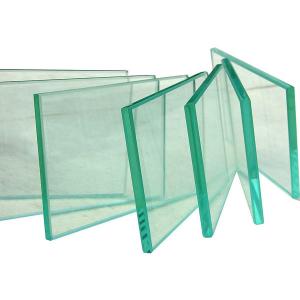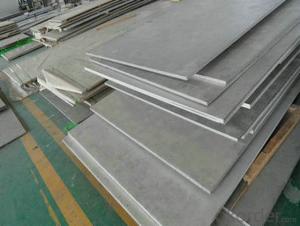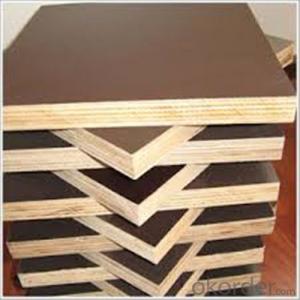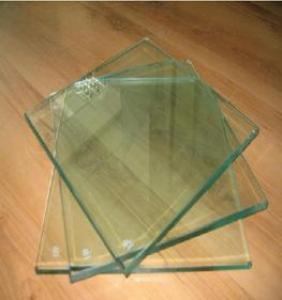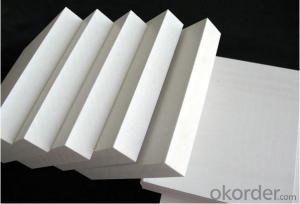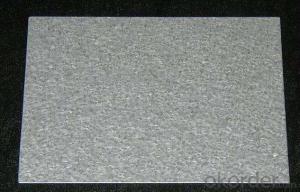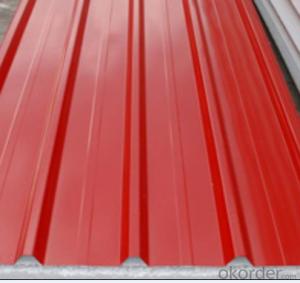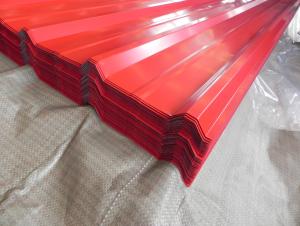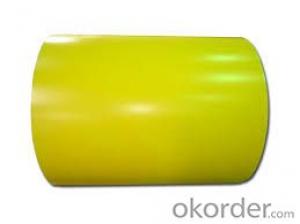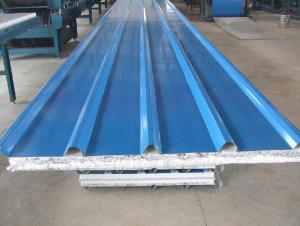Plexiglass Sheets 4X8
Plexiglass Sheets 4X8 Related Searches
Plastic Sheets 4X8 Polypropylene Sheets 4X8 Clear Plastic Sheets 4X8 Hard Plastic Sheets 4X8 4X8 Metal Sheets Flexible Plexiglass Sheets Stainless Steel Sheets 4x8 Sheet Metal Sheets 4X8 4 By 8 Plastic Sheets 4X8 Styrofoam Sheets 4X8 Tin Sheets Stainless Steel 4x8 Sheets 4 X 8 Tin Sheets 4x8 Stainless Steel Sheet 4 X 8 Styrofoam Sheets Stainless Steel 4x8 Sheet Sheet Metal 4X8 4X8 Sheet Aluminum 4X10 Plywood Sheets 4x8 Sheet Of Stainless Steel 8 X 4 6Mm Plywood Sheets 6 X 8 Plywood Sheet 4X12 Plywood Sheets Diamond Plate Aluminum Sheets 4X8 3Mm Plywood Sheets 8X4 Galvanized Steel Sheet 4x8 6 X 4 Plywood Sheets 4 X 8 Sheet Of Stainless Steel Galvanized Sheet Metal 4X8 4X8 Galvanized Sheet MetalPlexiglass Sheets 4X8 Supplier & Manufacturer from China
Plexiglass Sheets 4X8 are a type of plastic sheets known for their durability, transparency, and versatility. These sheets are made from polymethyl methacrylate (PMMA), a thermoplastic that is both lightweight and impact-resistant. They are commonly used in various industries for applications such as signage, display cases, and protective barriers. The 4X8 size is particularly popular due to its balance between size and ease of handling, making it a convenient choice for many projects.Plexiglass Sheets 4X8 are widely used in commercial and residential settings, where their ability to provide clear visibility while offering protection from impact is highly valued. They are often utilized in the construction of aquariums, greenhouses, and skylights, as well as in the creation of custom furniture and lighting fixtures. Additionally, these sheets are frequently employed in the signage industry for creating eye-catching, durable signs that can withstand various weather conditions. Their versatility makes them a popular choice for both indoor and outdoor applications.
Okorder.com is a reputable wholesale supplier of Plexiglass Sheets 4X8, offering a vast inventory to meet the diverse needs of customers. With a commitment to providing high-quality products at competitive prices, Okorder.com ensures that clients can access the materials they require for their projects without compromising on quality or budget. By partnering with Okorder.com, customers can benefit from a reliable source of Plexiglass Sheets 4X8, ensuring that their projects are completed with the best possible materials.
Hot Products


